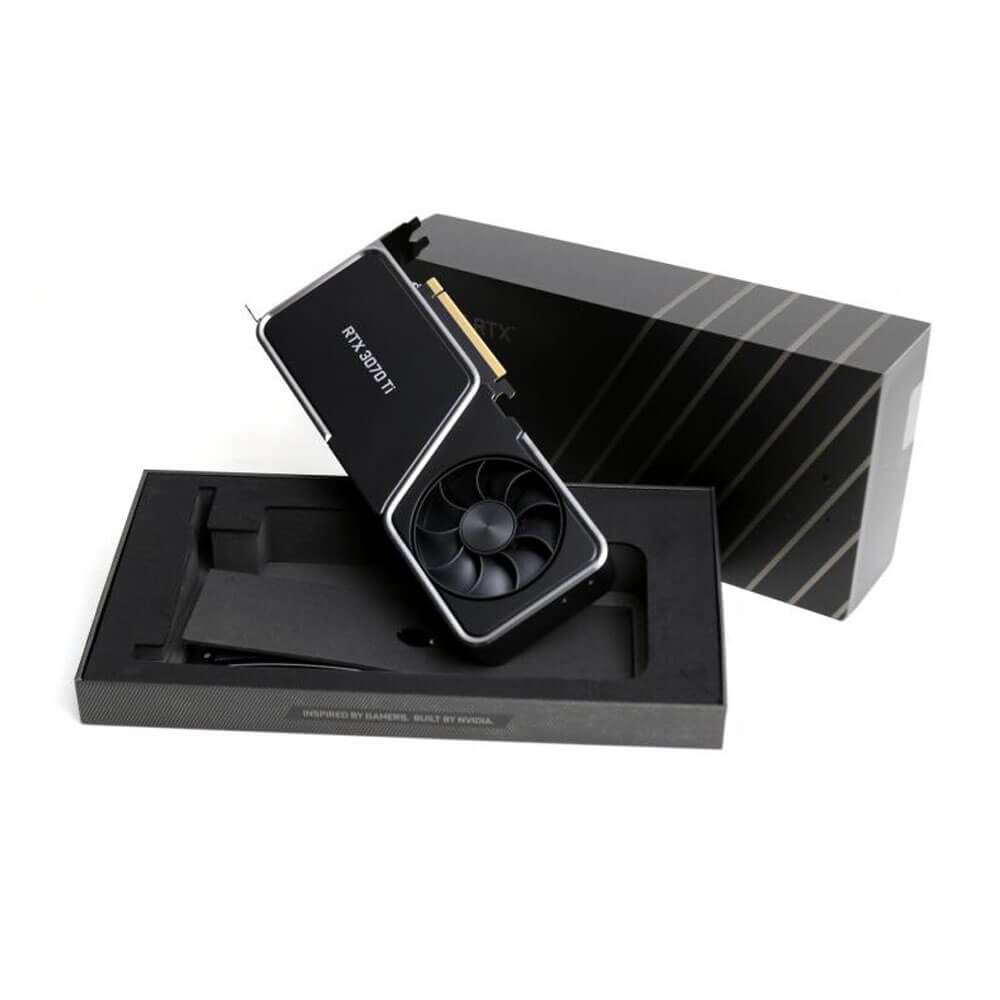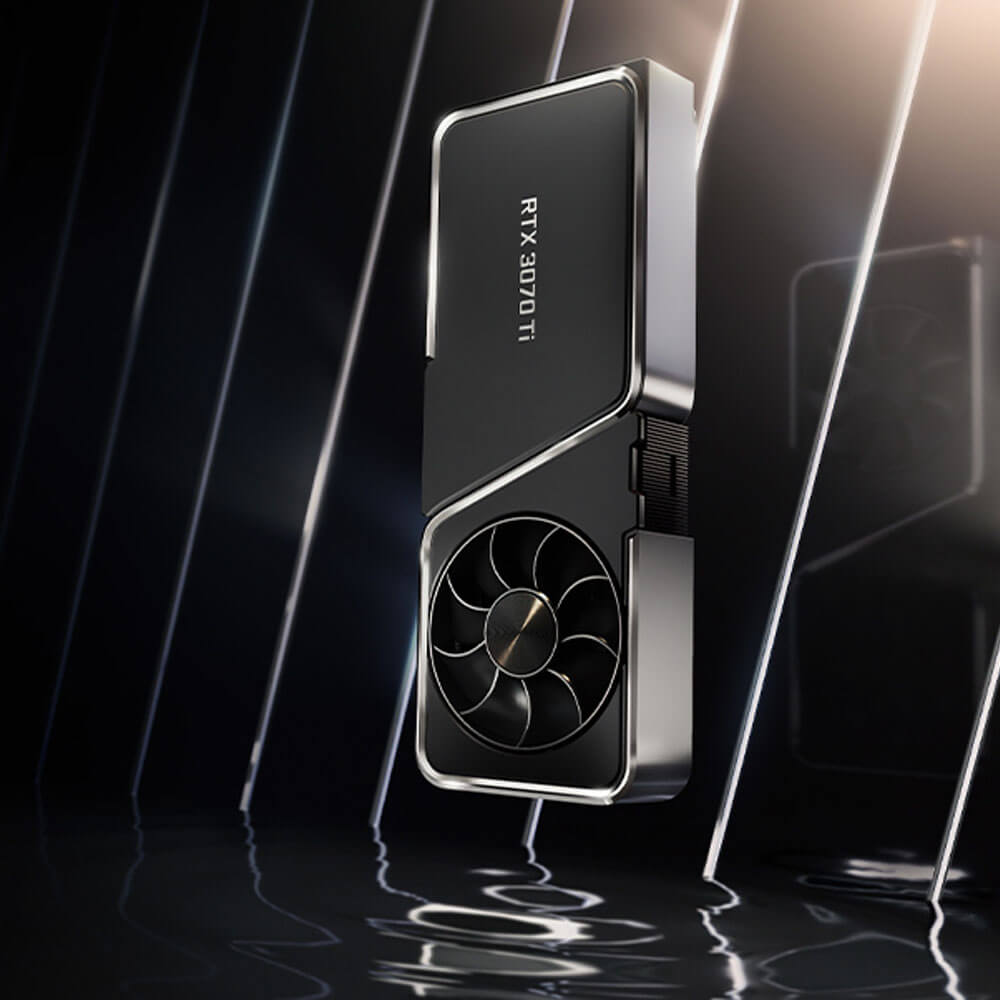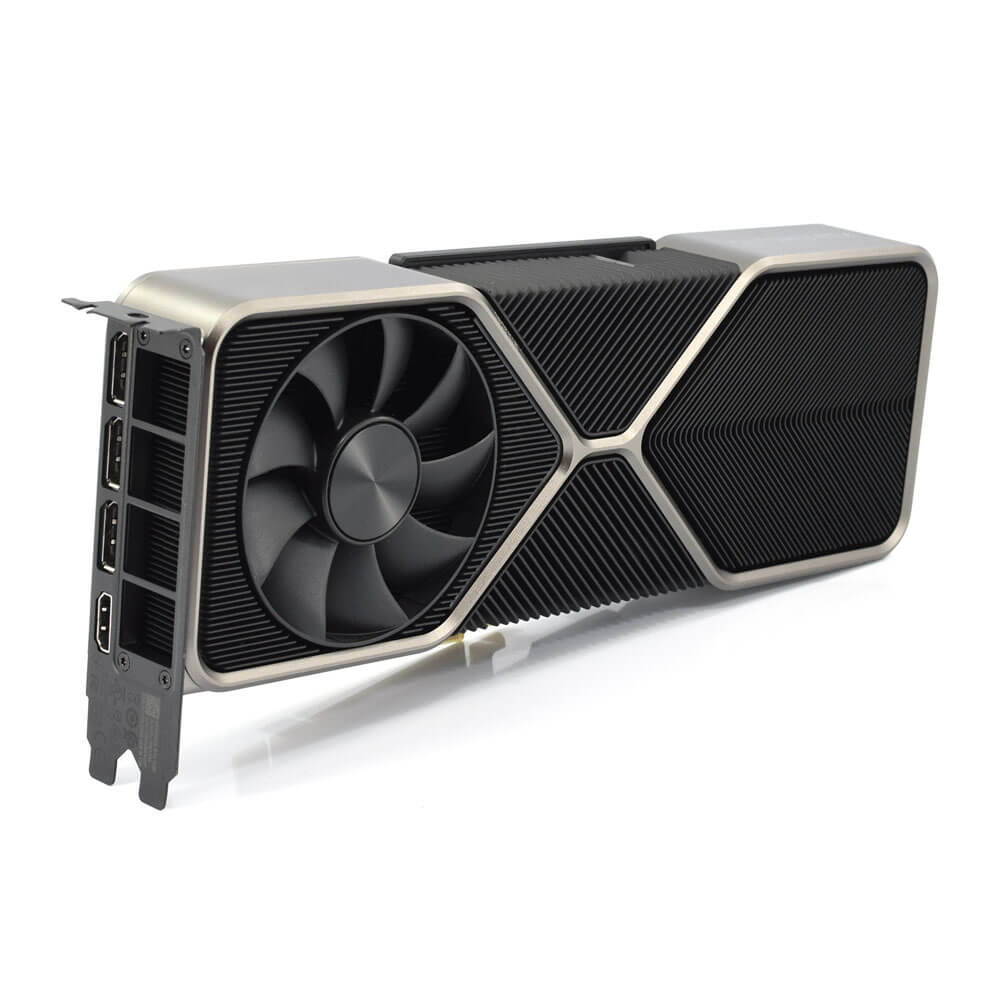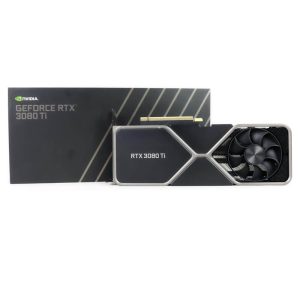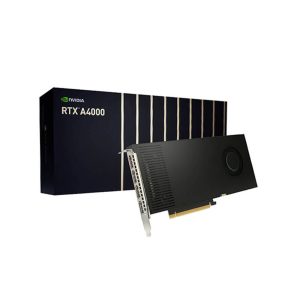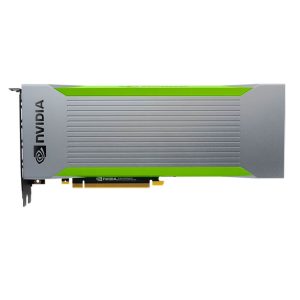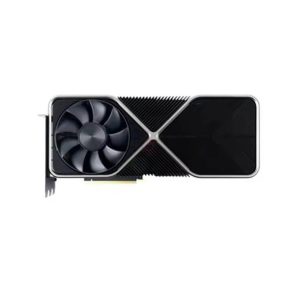NVIDIA GeForce RTX 3070 Ti Graphics Card 16 GB
The NVIDIA GeForce RTX 3070 Ti Graphics Card with 16GB GDDR6X memory delivers powerful performance for gaming and creative tasks. Built on the NVIDIA Ampere architecture, it features advanced RT and Tensor Cores for real-time ray tracing and AI acceleration. Ideal for 1440p and 4K gaming, the RTX 3070 Ti ensures stunning visuals, smooth performance, and excellent efficiency.
Min. Quantity – 5 Nos
Note: Below are the approximate and promotional prices. For the latest pricing and further details, please WhatsApp or call us at +91-8903657999.
₹59,999 ₹90,000
The GeForce RTX 3070 Ti 16 GB is an enthusiast-class graphics card by NVIDIA, that was never released. Built on the 8 nm process, and based on the GA104 graphics processor, in its GA104-401-A1 variant, the card supports DirectX 12 Ultimate. This ensures that all modern games will run on GeForce RTX 3070 Ti 16 GB. Additionally, the DirectX 12 Ultimate capability guarantees support for hardware-raytracing, variable-rate shading and more, in upcoming video games. The GA104 graphics processor is a large chip with a die area of 392 mm² and 17,400 million transistors. It features 6144 shading units, 192 texture mapping units, and 96 ROPs. Also included are 192 tensor cores which help improve the speed of machine learning applications. The card also has 48 raytracing acceleration cores. NVIDIA has paired 16 GB GDDR6X memory with the GeForce RTX 3070 Ti 16 GB, which are connected using a 256-bit memory interface. The GPU is operating at a frequency of 1575 MHz, which can be boosted up to 1770 MHz, memory is running at 1188 MHz (19 Gbps effective).
Being a dual-slot card, the NVIDIA GeForce RTX 3070 Ti 16 GB draws power from 1x 12-pin power connector, with power draw rated at 290 W maximum. Display outputs include: 1x HDMI 2.1, 3x DisplayPort 1.4a. GeForce RTX 3070 Ti 16 GB is connected to the rest of the system using a PCI-Express 4.0 x16 interface. The card measures 267 mm in length, 112 mm in width, and features a dual-slot cooling solution. Its price at launch was 699 US Dollars.
Key Features:
- Ampere Architecture
- Enhanced CUDA Core Count
- The standard 3070 Ti features 6,144 CUDA Cores, delivering solid parallel compute capabilities for gaming, content creation, and GPU-accelerated tasks. A 16GB variant would likely maintain the same or similar core count, ensuring near-flagship Ampere performance at a more affordable power envelope than the 3080/3090 series.
- Second-Generation RT Cores
- Allows real-time ray tracing with improved throughput over first-gen RTX, enabling sophisticated lighting, reflection, and shadow computations in supported games and professional 3D software.
- Third-Generation Tensor Cores
- Facilitates AI-based features like DLSS (Deep Learning Super Sampling), accelerating game performance while retaining crisp visuals at high resolutions. Also beneficial for AI-driven tasks in content creation workflows (e.g., denoising, upscaling).
- 16GB of GDDR6X Memory
- Expanded VRAM
- Doubling the standard 8GB to 16GB of GDDR6X provides extra memory headroom for resource-intensive scenarios, including 4K textures, multi-4K editing, large 3D scene handling, and some AI model training/inference.
- High Bandwidth
- GDDR6X technology ensures rapid data transfer rates, facilitating stable performance in both gaming and GPU-based compute tasks with minimal bottlenecks.
- Real-Time Ray Tracing & DLSS
- Ray-Traced Effects
- Second-gen RT Cores handle path-traced lighting in games or 3D design pipelines, delivering near-cinematic visuals with physically accurate shadows/reflections.
- DLSS Acceleration
- Third-gen Tensor Cores drive AI-based super resolution, significantly improving frame rates at higher resolutions (1440p/4K) while keeping image quality intact.
- Efficient Cooling & Power
- Board Partner Solutions
- A nonstandard 16GB 3070 Ti would likely come from specific OEM or third-party designs, which might include multi-fan or hybrid cooling to manage heat.
- TDP (~290–310W)
- Similar or slightly above the standard 3070 Ti (8GB), requiring a reliable power supply (~700W recommended) and adequate airflow in mid-/full-tower cases.
- Connectivity & Display Options
- HDMI 2.1 & DisplayPort 1.4a
- Supports 4K at 120Hz and up to 8K at 60Hz on compatible displays, enabling high-refresh gaming or advanced media production at elevated resolutions.
- G-SYNC Compatibility
- Ensures tear-free, low-latency gameplay, especially beneficial for competitive scenarios at high FPS.
- NVIDIA Studio Drivers (Creators)
- Optimized Content Creation
- Optionally, creators can run Studio drivers to ensure stable performance in pro-level software (Premiere Pro, DaVinci Resolve, Blender), harnessing extra VRAM for large projects.
- AI-Assisted Tools
- Tensor cores accelerate tasks like color grading, auto re-framing, or super-resolution in creative workflows, speeding up production times.
Applications:
- 4K Gaming & High-Refresh 1440p
- Smooth Ultra Settings
- Delivers ample performance for modern AAA games at 1440p with ray tracing and DLSS. At 4K, the expanded VRAM can handle higher-resolution texture packs more comfortably than the 8GB version.
- Competitive Esports
- Achieves high FPS at 1080p/1440p, providing minimal input lag (in combination with Reflex) and near-seamless visuals on G-SYNC displays.
- Smooth Ultra Settings
- Content Creation & 3D Rendering
- 3D Scenes & Animations
- Additional 16GB VRAM helps maintain stable performance for moderate-to-complex 3D modeling, short animations, or GPU-accelerated rendering in software like Blender or Maya.
- Multi-4K Video Editing
- Allows more concurrency in editing timelines or effects layers, reducing reliance on slower system memory or scratch disks.
- 3D Scenes & Animations
- AI & Data Processing
- Tensor-Core-Driven AI
- Suitable for developers exploring deep learning frameworks (TensorFlow, PyTorch) on smaller-to-medium sized models or real-time inference tasks.
- GPU-Accelerated Analytics
- Tools such as RAPIDS can harness parallel computing for interactive big-data queries, though not at the scale of professional HPC GPUs.
- Tensor-Core-Driven AI
- Virtual Reality & Simulation
- VR Gaming & Prototyping
- Enough horsepower to drive advanced VR headsets with stable framerates, enabling immersive experiences for gaming, training, or product design.
- Light Simulation
- GPU acceleration can handle moderate HPC-lite tasks or engineering simulations that do not demand professional-level HPC hardware.
- VR Gaming & Prototyping
Why Choose the NVIDIA GeForce RTX 3070 Ti 16GB GDDR6X?
- Expanded Memory vs. Standard 8GB
- 16GB VRAM increases capacity for textures, multi-layer editing, and heavier 3D scenes, reducing memory constraints found in the standard 8GB model.
- Advanced Ray Tracing & DLSS
- Second-gen RT Cores and third-gen Tensor Cores ensure real-time cinematic lighting in games and superior upscaling performance, bridging high FPS with crisp visuals.
- Balanced Performance & Cost
- Potentially delivers near-3080 performance in certain scenarios while running at lower cost and power draw, if priced competitively.
- Sits above the standard 3070 Ti in memory capacity but below flagship Ampere (3080 or 3090) in overall cost/power.
- Versatile for Gaming & Creation
- Equally adept at 1440p/4K gaming, GPU-based rendering, or moderate AI/ML tasks, making it appealing to power users seeking a do-it-all GPU.
- Ampere Ecosystem & Future-Proofing
- Access to PCIe 4.0, HDMI 2.1, updated driver releases, and advanced features (Reflex, G-SYNC, DLSS) for next-gen game engines and creative software expansions.
| Product Name | NVIDIA GeForce RTX 3070 Ti |
| Manufacturer | NVIDIA |
| Memory | 16 GB |
| Memory Bus | 256 bit |
| Bandwidth | 608.3 GB/s |
| Base Clock | 1575 MHz |
| Boost Clock | 1770 MHz |
| PSU | 600 W |
| TDP | 290 W |
| Outputs | 1x HDMI 2.1,3x DisplayPort 1.4a |
| Power Connectors | 1x 12-pin |
| Bus Interface | PCIe 4.0 x16 |
| Max Digital Resolution | 7680×4320 (8K) |
| Dimensions | (267 mm x 114 mm) |

